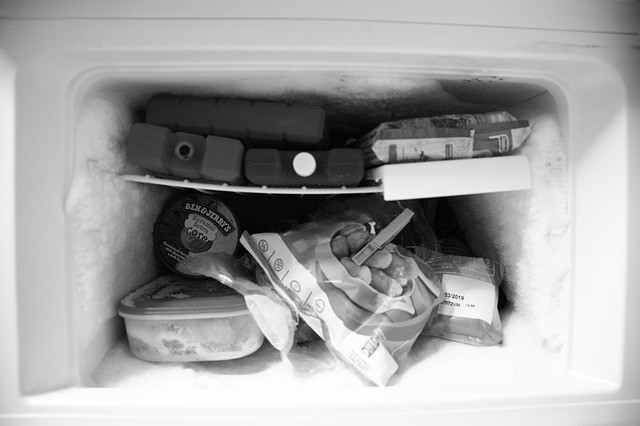Whether you are using your own chiller or a temporary chiller hire, maintaining your equipment during summer is crucial to its performance. The last thing you want is for your chiller to break down when you need it the most. Doing maintenance might take a bit of an effort, but the payoff is definitely worth it. Just think of how it can prevent downtime, and you’ll know for sure that the upkeep of your chiller is a necessity.
The problem is that you might not have the faintest clue what you should do as part of your maintenance routine. If so, don’t worry. Here are some maintenance tips from London Climate Hire that can ensure your equipment stays in its best shape despite the scorching heat:
Maintain a Log
Keeping a daily log is important to the health of your chiller. By having the history of the chiller’s operating conditions, including its daily temperatures, fluid levels, flow rates, and pressures, it will be easier to determine potential problems. An updated record will also ensure that engineers can determine the cause of any issues if there’s a detailed record of the chiller’s performance.
Clean the Chiller
Make sure that heat transfer is clean to maintain the efficiency of your chiller. If there’s any build up of algae, minerals, dust, or other debris, there could be an increase in thermal resistance, and the performance of your equipment could be reduced. Take note of the approach temperatures as they are a good indication of the heat transfer efficiency. Make sure to also check the condenser tubes and clean them at least once a year.
Minimize Input Water Temperature
By reducing the temperature of the condenser water entering the chiller, you’ll be improving the efficiency of the chiller. In some systems, the operator will even lower the water set point to avoid dirty coils and other deficiencies.
Keep the Flow Rate at the Right Level
When you change the chilled water flow rate, expect its performance to change. When the flow rate is too low, it also reduces the efficiency of the chiller and could cause laminar flow. The recommended minimum flow rate is around 3 to 4 ft. per second. If the flow rate is too high, you will notice vibration and noise that could even lead to tube erosion. The recommended maximum flow rate is about 12 FPS.
Maintain the Refrigerant Charge at a Steady Level
The amount of cooling you’ll get from a chiller is highly dependent on how much refrigerant it moves through its compressor. Maintaining the right level of refrigerant for the conditions you want is therefore important. When air, moisture, or refrigerant leaks get into the system, it could affect its efficiency and reliability. A low refrigerant will also force the compressor to work harder than it should, and still, you’ll get a reduced cooling effect.
Check the Chiller System Regularly
Always do a general checking of the chiller. Watch out for signs of leaks that could get in the way of the system’s operation. Remember that they could also release dangerous refrigerants in the atmosphere, so you want to make sure your chiller is not leaking and is in its best shape at all times.
Conclusion
These are just some of the things that you can do to keep your system or your chiller rental in good shape during the summer. By following these tips, you won’t have to worry about costly repairs, and you can be sure that your productivity isn’t affected in any way.
For commercial or industrial chiller rental, trust only London Climate. We are the trusted HVAC specialists in the UK that can provide you with chillers, boilers, heaters, generators, and more. Contact us today to know how our rentals work!

